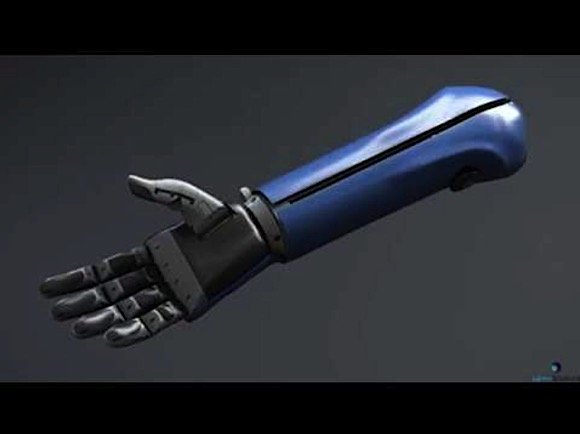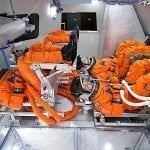UK-based startup tech company Open Bionics aims to change the way we see prostheses, providing 3D-printed prosthetic parts at affordable prices so as to make them available to those who otherwise would not have access to the technology. The prosthetics operate using sensors that detect muscle movements. In a prosthetic arm, for instance, these muscle movements control the hand and fingers.

Hero Arm; Credit: Open Bionics
According to Open Bionics co-founder Samantha Payne, the company was founded due to a desire to enable people to have more freedom and independence through the use of assistive devices, as well as the goal of making them affordable and easily accessible.
“So, at the moment, there’s this amazing bionic technology that exists, but it’s out of reach for most patients because it’s so expensive,” said Payne. “We want to completely change that and make it really accessible and de-marketize a really helpful technology. So, at the moment, everything is really exciting at Open Bionics because we’re gearing up to launch. We’ve been trialing our bionic hands with children as young as eight.”
The company teamed up with the National Health Service in the UK, which spends roughly $75 million per year on prosthetic services.
“I think the coolest thing about this is we’re working really closely with amputees, not just designing a solution for them,” said Payne. “They’re helping us design the solution. I think it’s a really exciting time. In the very near future, we are focusing on our launch of the first 3D-printed bionic limb.”
She also discussed her favorite part of the job, which includes seeing the joy in people as they are outfitted with these devices and doing things they previously could not due to their physical limitations.
“The cool thing about my job includes seeing people being fitted with bionic limbs for the first time, and that’s a really big moment. For young children, they often don’t have access to these devices because they’re not made small enough or they’re just too expensive, so their parents can’t afford to supply them or the NHS cannot afford to supply a patient with it. So, seeing a young child being able to move fingers individually for the first time is really cool.”
The company is not stopping with standard prosthetic designs either. Open Bionics is working on prostheses with themes such as Marvel, Disney, and Star Wars, to name a few. The primary goal of introducing these designs is to make children not only accepting of their prosthetic limbs but ultimately proud of them.
“I am particularly inspired and motivated by the science fiction limbs,” said Payne. “So, these are bionics arms that come from the science fiction universes. They didn’t exist in real life before. They might have existed on a character.” Among the designs are Iron Man’s armor and Adam Jensen’s arm. The company 3D prints prosthetic versions of these arms, assembles them, and gives them to amputees. “These arms look super stylish, very sleek. They say a lot about your personality and who you are, so I find all of that really exciting.”
Each arm takes approximately 40 hours to 3D print, and the process involves using a tablet to scan the patient’s limb and using that as the base upon which to plan the prosthetic design. Open Bionics has formed a royalty-free agreement with Disney, opening up greater potential for future designs. “The future of prosthetics is low cost, lightweight, multi-grip, really great control… And even further in the future, it’s all about hyper-personalization.”

































